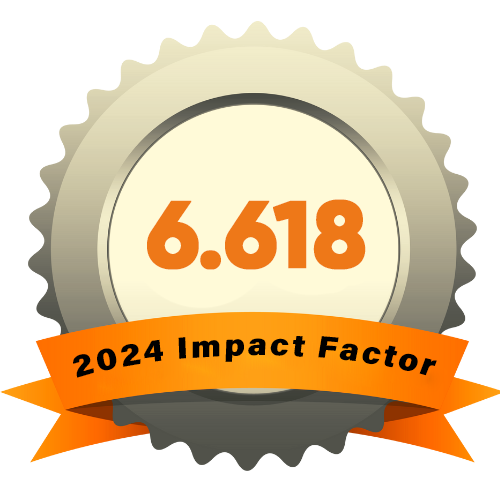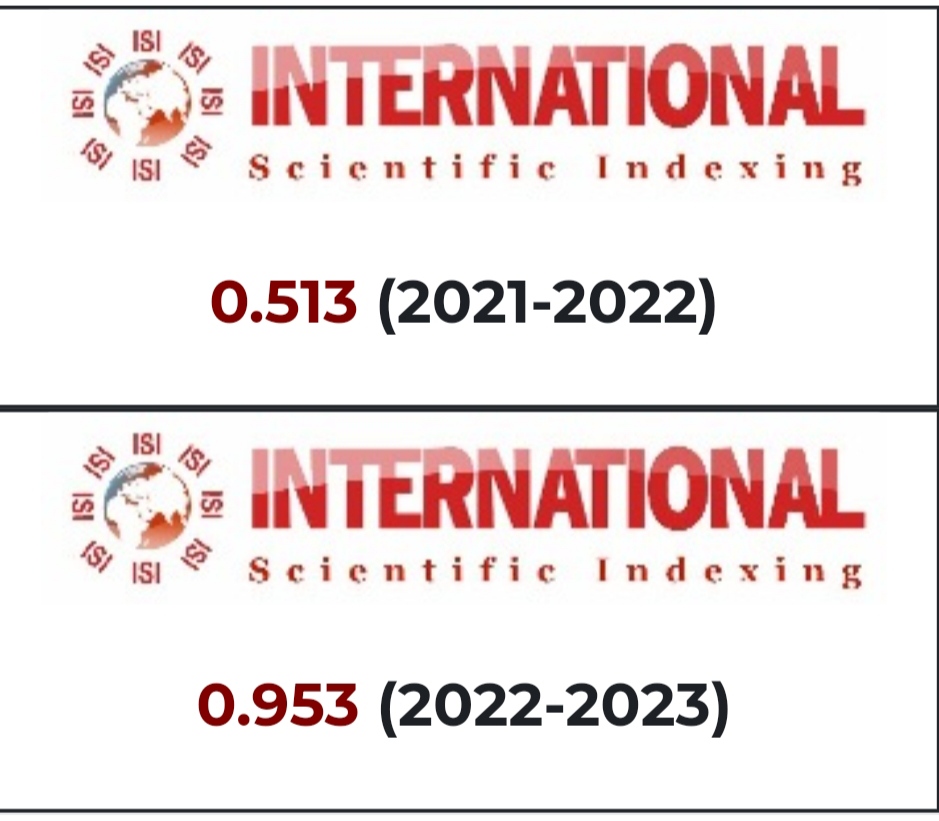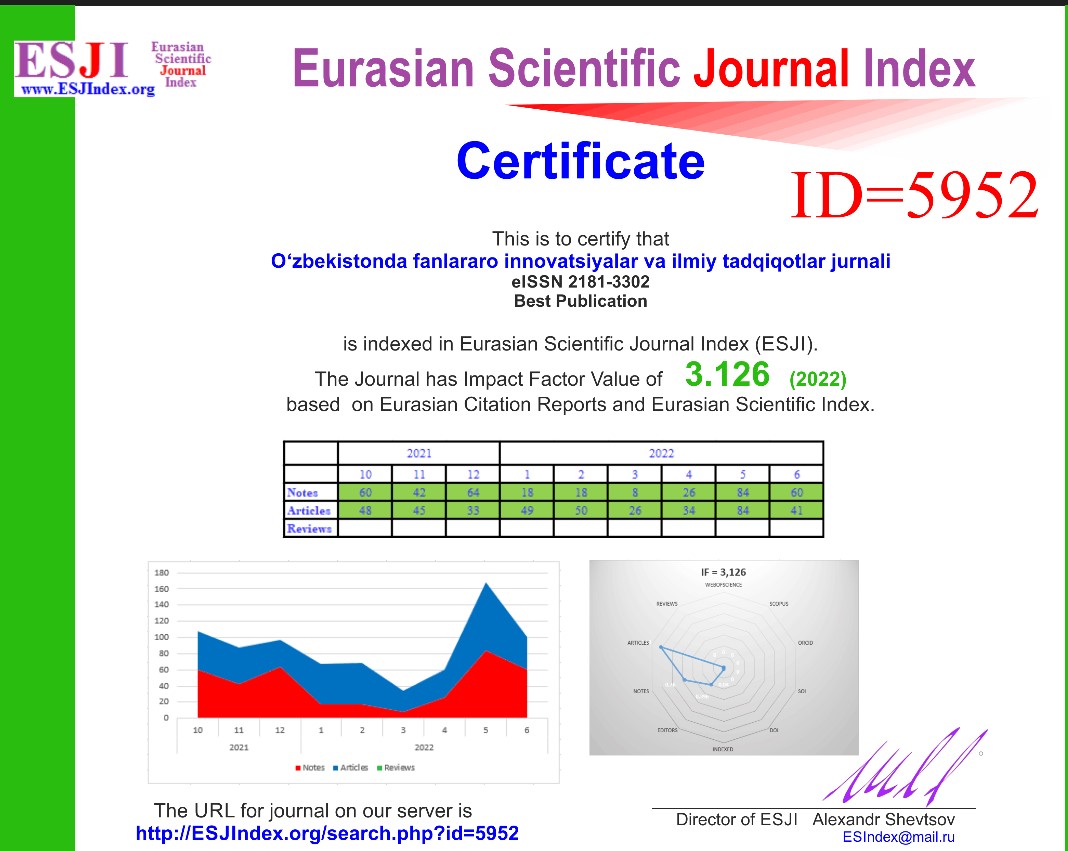DAILY MONITORING OF BLOOD PRESSURE INDICATORS IN PATIENTS WITH STAGE II HYPERTENSION IN ACCORDANCE WITH HYPOTENSIVE THERAPY
Keywords:
arterial hypertension, ambulatory blood pressure monitoring, amlodipine, diurnal blood pressure variability, target organ damage, fixed combinations of antihypertensive drugs, antihypertensive therapy, perindoprilAbstract
Arterial hypertension is a persistent increase in systolic blood pressure at rest (≥ 130 mmHg) and/or diastolic blood pressure (≥ 80 mmHg). An increase in blood pressure without a known cause (primary, essential hypertension) is the most common. Hypertension with an identified cause (secondary hypertension) is usually caused by primary aldosteronism. Sleep apnea, chronic kidney disease, obesity, or renal artery stenosis are other causes of secondary hypertension. Usually symptoms appear only with severe or prolonged course. The diagnosis is made on the basis of sphygmomanometry. Diagnostics allows you to determine the cause, assess organ damage, as well as identify other cardiovascular risk factors. Treatment includes lifestyle changes and medications, including diuretics, angiotensin converting enzyme (ACE) inhibitors, angiotensin II receptor blockers and calcium channel blockers.
References
Kamberi LS, Bedri Bakalli A, Muhamet Budima N, Budima NM, et al. Pleiotropic and Lipid-lowering Effects of Statins in Hypertension. Mater Sociomed. 2012;24(2):84–86.
Kamberi LS, Bedri Bakalli A, Muhamet Budima N, Budima NM, et al. Pleiotropic and Lipid-lowering Effects of Statins in Hypertension. Mater Sociomed. 2012;24(2):84–86.
Ritz E, Menne J, HallerH H. Prevalence of microalbuminuria in type 2 diabetes: lessons learned from the ROADMAP study. Nephrol Dial Transplant. 2012;27(Suppl 4):28–30.
Muntner P, Carey RM, Gidding S, et al. Potential US Population Impact of the 2017 ACC/AHA High Blood Pressure Guideline. Circulation 2018; 137:109.
Yoon SS, Gu Q, Nwankwo T, et al. Trends in blood pressure among adults with hypertension: United States, 2003 to 2012. Hypertension 2015; 65:54.
Whelton PK, Carey RM, Aronow WS, et al. 2017 ACC/AHA/AAPA/ABC/ACPM/AGS/APhA/ASH/ASPC/NMA/PCNA Guideline for the Prevention, Detection, Evaluation, and Management of High Blood Pressure in Adults: A Report of the American College of Cardiology/American Heart Association Task Force on Clinical Practice Guidelines. Hypertension 2018; 71:e13.
Williams B, Mancia G, Spiering W, et al. 2018 ESC/ESH Guidelines for the management of arterial hypertension. Eur Heart J 2018; 39:3021.
Flack JM, Calhoun D. The ACC/AHA and ESC/ESH Hypertension Guidelines: Contrasting Versions of Idiosyncratic Excellence. Am J Hypertens 2019; 32:705.
Wald DS, Morris JK, Wald NJ. Randomized Polypill crossover trial in people aged 50 and over. PLoS One 2012; 7:e41297.
Chow CK, Atkins ER, Hillis GS, et al. Initial treatment with a single pill containing quadruple combination of quarter doses of blood pressure medicines versus standard dose monotherapy in patients with hypertension (QUARTET): a phase 3, randomised, double-blind, active-controlled trial. Lancet 2021; 398:1043.
Yusuf S, Joseph P, Dans A, et al. Polypill with or without Aspirin in Persons without Cardiovascular Disease. N Engl J Med 2021; 384:216.
Egan BM, Bandyopadhyay D, Shaftman SR, et al. Initial monotherapy and combination therapy and hypertension control the first year. Hypertension 2012; 59:1124.
Mourad JJ, Waeber B, Zannad F, et al. Comparison of different therapeutic strategies in hypertension: a low-dose combination of perindopril/indapamide versus a sequential monotherapy or a stepped-care approach. J Hypertens 2004; 22:2379.
MacDonald TM, Williams B, Webb DJ, et al. Combination Therapy Is Superior to Sequential Monotherapy for the Initial Treatment of Hypertension: A Double-Blind Randomized Controlled Trial. J Am Heart Assoc 2017; 6.











